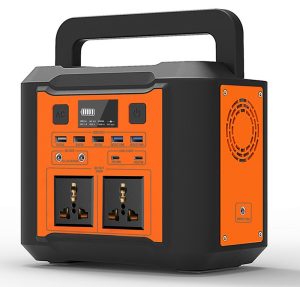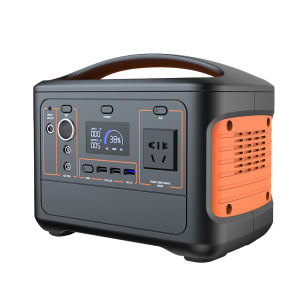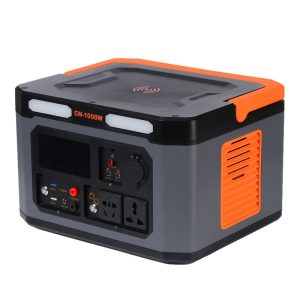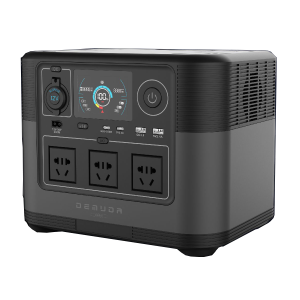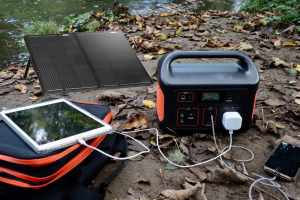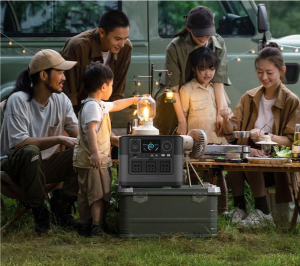More
Keeping Cool and Efficient: Understanding Temperature Control and Cooling in Outdoor Portable Power Stations
Keeping Cool and Efficient: Understanding Temperature Control and Cooling in Outdoor Portable Power Stations
Introduction:
Outdoor adventures often take us to remote and beautiful locations where access to a reliable power source is essential for keeping our devices charged. Outdoor portable power stations have become a popular choice for outdoor enthusiasts, providing a convenient and versatile solution. However, the efficient and safe operation of these power stations relies on temperature control and cooling mechanisms. In this blog post, we will explore what temperature control and cooling are in outdoor portable power stations and why they are crucial for ensuring optimal performance and safety.
Understanding Temperature Control and Cooling:
Temperature control and cooling are essential features integrated into outdoor portable power stations to regulate and maintain the operating temperature of the internal components. These power stations generate and store electrical energy in the form of DC (Direct Current) electricity. During charging and discharging processes, some energy is inevitably converted into heat, which, if not managed effectively, can lead to overheating and compromise the power station’s performance.
Key Features of Temperature Control and Cooling Mechanisms:
-
Internal Heat Sensors: Outdoor portable power stations are equipped with internal heat sensors that monitor the temperature of critical components. These sensors continuously collect data and provide feedback to the cooling system.
-
Intelligent Cooling System: The cooling system in the power station employs fans or heat sinks to dissipate excess heat. It automatically adjusts the cooling intensity based on the temperature readings from the heat sensors.
-
Active vs. Passive Cooling: Outdoor portable power stations may utilize active or passive cooling methods. Active cooling involves the use of fans to actively circulate air and dissipate heat, while passive cooling relies on heat sinks and natural convection.
-
Temperature Thresholds: The temperature control system sets predefined temperature thresholds. If the internal temperature rises beyond these limits, the cooling system activates to bring the temperature back to an acceptable range.
Importance of Temperature Control and Cooling:
-
Efficiency and Performance: Effective temperature control and cooling mechanisms ensure that the power station operates within optimal temperature ranges. This enhances energy efficiency and maintains peak performance during charging and discharging processes.
-
Component Protection: Excessive heat can degrade internal components over time, reducing the power station’s lifespan. Temperature control and cooling safeguard against thermal stress, prolonging the life of the power station.
-
Safety: Overheating poses a safety risk, as it can lead to malfunctions, electrical faults, or even fires. The cooling system prevents the power station from reaching critical temperatures and minimizes such hazards.
-
Reliable Operation: Consistent temperature control ensures reliable operation, especially during prolonged and demanding use. This is particularly important for outdoor adventures where a dependable power source is crucial.
Conclusion:
Temperature control and cooling mechanisms are vital features in outdoor portable power stations, ensuring optimal performance, safety, and longevity. By managing internal heat levels, these mechanisms enhance energy efficiency, protect internal components, and maintain reliable operation. When selecting an outdoor portable power station, consider the quality of its temperature control and cooling systems to ensure worry-free adventures and keep your devices charged efficiently and safely.


